|
This footage of Richard "Dick" H. Ray was filmed at the August 1987 TB Reunion held by Historic Saranac Lake. The video shows Dick giving a tour of his memories of his time as a patient at Trudeau Sanatorium and Ray Brook State Hospital in the 1930s. Watch for a fascinating first-hand account of "the cure." You can learn more about Richard Ray on our wiki.
Dick Ray went on to write a book highlighting his memories of his time in Saranac Lake through the photographs he took here. The book was published by HSL, and it and the DVD of this interview can be purchased online in our store.
1 Comment
by Amy Catania As autumn approaches, schools are thinking about ways to keep students safe by maximizing time outdoors. The concept of outside instruction is not new. Leading up to WWII, open air schools were built in the United States and Europe to protect children from tuberculosis. Even in Saranac Lake, where temperatures in the winter tend to stay well below freezing, some children attended unheated, open air classrooms. In the mid-1920s, the Saranac Lake School District built an open air school at River Street, at a cost of $12,000. All Saranac Lake children were weighed periodically and X-rayed annually. Those found to be underweight attended the Fresh Air School. The building, now used for a nursery school, is located behind the former River Street School. In 1937, the Fresh Air School moved to a new six-room addition built at Petrova School. Open air education wasn’t just for preventing illness and improving health. It was also widely used in summer camps as a natural extension of the camping experience. At local camps over generations, children have learned skills outdoors, such as arts, crafts, sports, and music. The Deerwood Adirondack Music Center was a large summer music camp near Saranac Inn that operated from 1943 to 1957. The camp accommodated 50 students between seven and twelve years of age, and 100 older students. Deerwood’s music director Sherwood Kains brought in a distinguished faculty and guest artists. The great Hungarian composer, Béla Bartók, who came to Saranac Lake for his health in the early 1940s, served on the faculty at Deerwood in 1944. Every Deerwood camper sang in the choir. Weekly concerts were held at the Harrietstown Town Hall in Saranac Lake and at the Sunmount Veterans Hospital in Tupper Lake. Béla Bartók attended one of the concerts at the Town Hall, where students performed a piece that he had written. Former campers have written to us over the years, sharing stories and photos from their time at Deerwood. Camp programs in our museum archives document a place where young musicians worked hard and had fun too. While the camp attracted talented young musicians from far-flung places, we do not see people of color in any of the photos. Jewish campers did attend Deerwood, representing a departure from the long history of exclusion of Jewish people from the Northern part of Upper Saranac Lake. Music ceased to ring out across the lake in 1957, when Kains died and the camp closed. The property sold at auction, and most of the buildings were demolished. But Deerwood lives on in the memories of many campers. In 2012, Molly Sykora McCrory wrote to us of her experience as a camper in 1944 and 1945: "Each precious experience has continued to shape my life: singing the Messiah and other master works (as a 12 & 13 year old!!); exhilarating Friday night concerts in town; sitting at lunch when the announcement was made that WWII was over (complete silence, tears - all campers were stunned and turned immediately to their music for comfort); the entire camp walking to the train station to bid good-bye to expelled campers (for smoking) -all singing "The Lord Bless You and Keep You"as the train pulled away (gorgeous!); practicing piano under the trees (music ringing all day throughout the woods)…. I am almost 80 now, but I wish my grandchildren could have had such an enriching summer.” Traditionally, summers in the Adirondacks come alive with music, but this season is oddly quiet. We miss concerts by the Lake Placid Sinfonietta and Loon Lake Live. We miss the voices of Gregg Smith Singers, Northern Lights Choir, and Adirondack Singers. We miss enchanting evenings with friends at Cobble Spring Farm. But music waits in our future. Just listen as you drive by the high school, and you might hear the sweet sound of a student taking a music lesson, outside. Images:
- Saranac Lake Fresh Air School. Courtesy of the Saranac Lake Free Library. - Bassists at Deerwood, Historic Saranac Lake collection. - Saranac Lake High School band teacher Keith Kogut teaching a fresh air trumpet lesson this spring. Courtesy of Josh Dann On July 22, Historic Saranac Lake staff met with Historian and Artist, John Fadden of the Six Nations Indian Museum and SUNY Potsdam Archeologist, Tim Messner to brainstorm ideas for an exhibit in the new museum about Native American history in Saranac Lake. Once the restoration of the Trudeau building is complete, the building will offer much more space for us to present much more history of the region. We look forward to highlighting the long history of Native American peoples in the area, and we are thrilled to have expert advice from John and Tim. A Vision Grant from NY Humanities is supporting this project. Contact us to find out more or get involved!
Image: A socially distant group photo. (L to R) Kayt Gochenaur, Oral History Coordinator, John Fadden, Tim Messner, and Amy Catania, Executive Director. Our Executive Director Amy was interviewed by Bob Cudmore on "The Historians" podcast this summer. Take a listen! Thanks to Bob for highlighting our fascinating history as a tuberculosis treatment destination!
Check out https://bobcudmore.com/ to learn more about the podcast and hear other episodes of the Historians.
Join Chessie for a drizzly mini tour on Trudeau Institute! You can check our Mini Tour playlist for previous tours of Little Red and the Trudeau Statue, both located on the Trudeau Institute campus today.
Learn more about its history by visiting our wiki. Dear Friends, A winning sports team, like a beautiful ice palace, grows out of a strong community. It’s no surprise that Saranac Lake has a long tradition of athletic achievements. From team sports like bobsledding, baseball, hockey, football, and curling to individual competitions like speed skating and barrel jumping, Saranac Lake history is full of athletic men and women who left their mark. Today, Covid-19 is disrupting so many traditions, and sporting events are some of the hardest to give up. The cancellation of competitions is heartbreaking for athletes, and it’s hard for the spectators too. In small towns like Saranac Lake, sport brings generations together to enjoy a brief moment when all that matters is the kids on the field or the ice. No matter how fast or slow, each child shines for a moment. Over time, parents come to know each others’ children, and we cheer for their victories too. It might be easy to see the cancellation of sports as a first world problem. But athletic competition is more than entertainment. It goes back in early human history as a fundamental expression of human culture. From the ball game played by the ancient Maya, to soccer around the world today, sports are a strong social glue across time and place. This is not the first time global events have swept away the joy of sport. During WWII, athletics went on hold around the world. The Olympics of 1940 and 1944 were cancelled. During the war, there was no Tour de France, no Wimbledon, no U. S. Open, no international speed skating. Instead, young women took to wartime work, and young men went off to war. In 1943, Saranac Lake’s champion bobsledding team, the Red Devils, left their sleds behind for the war effort. Bobsledders who served in WWII included names like Morgan, Latour, Bickford, Fortune, Keough, and Duprey. These men’s athletic careers were interrupted, but their legacy lives on. Just look at rosters of Saranac Lake teams today, and you’ll see many of those same last names. Sports, like history, connect us to community and provide a broader perspective. No matter what you accomplish, there’s almost always someone better and faster. Most victories and losses will fade with time. It takes a lot of work and more than one stroke of luck to foster a team that history will remember. In the last few years, a group of standout coaches has steadily built a dynasty of cross country running in Saranac Lake. In the last two years, the boys team won the State Class C title. Now seniors, they were poised to win at state’s again. This time they had a strong chance to come out on top of all classes — all New York schools, big and small, public and private. The Saranac Lake team had their sights on the national race in Oregon. It was a once in a century, if ever, opportunity for a small community. The pandemic has taken it away. It’s not the first disappointment for the cross country team. Two years ago, they qualified for the NY State Federation meet, something that only one other Saranac Lake team had done before. But a freak snowstorm cancelled the race, and suddenly the season was over. It was a huge disappointment, but what did the boys do? They laced up their sneakers and went out for a run in the snowstorm. Saranac Lakers honked their horns to cheer them on. A shopkeeper bought them hot chocolate. The team ran down to the new Aldi and bought themselves a bag of candy. It turned out to be a pretty good day. The cancellation of this year’s championships is a big blow, but it’s no surprise that the team is taking it in stride. They know sports are about far more than winning. When asked how he’s feeling about it, one runner said that the team is sad for the coaches. The kids wanted to win for them. In our hearts, the boys will make it to Oregon. Best of all, we’ll be seeing them around town, running fast in the snow together. Be well, Amy Catania Executive Director, Historic Saranac Lake (and one of the proud parents of the SLHS cross country team) Images:
- The Saranac Lake Red Devils Bobsledding Team. Historic Saranac Lake collection, courtesy of Natalie Leduc. - World champion speed skater and barrel jumper, Ed Lamy. Historic Saranac Lake collection, courtesy of Dick Jarvis. - Natalie Bombard (left) pictured with Ed Lamy’s daughter, Ruthie. Natalie grew up to win the New York Women's Slalom Championship in 1948.. Historic Saranac Lake collection, courtesy of Natalie Leduc. - The Saranac Lake Cross Country team running in the snowstorm on the day of the cancelled Federation Race, 2018. Adirondack Daily Enterprise photo.
This week's Wednesday Mini Tour is a little different! Today we're sharing more information about visiting the Saranac Laboratory Museum in person, and some of the policies we've put in place to reduce risk to our visitors and staff.
You can find the latest on our hours, visiting information, and safety policies on our website at www.historicsaranaclake.org/visit. We hope to see you soon! We will return next week with another fun mini tour of an historic site here in Saranac Lake! Have a request? Let us know in the comments. Dear Friends, One of my favorite stories in our local history is about a meteor shower over Mount Baker and a tuberculosis patient named Isabel Smith. Ms. Smith spent twenty years of her life sick in bed at the Trudeau Sanatorium. She wrote a book about her experience titled Wish I Might. Her book touches upon so many aspects of the cure — the importance of routine, diet, friendships, “cousining,” the natural world, reading, and occupational therapy. So many threads of the story are there. Most intriguing is Isabel’s description of how she changed as a person during her long illness. She endured disfiguring operations and the removal of ribs to deflate her lung. At times, her case seemed hopeless. As the reality of her sickness settled in, Isabel felt anger, sadness, loneliness, and fear. But one night, on her porch overlooking Mount Baker, she stayed up with her porch mate to watch the Leonid meteor shower. For hours, the young women watched the sky, feeling transported from their sick beds to connect with the vast universe. Suddenly, life was very much worth living. It was the beginning of an evolution towards a rich interior life. Isabel described, “…although I may have appeared to be merely a still figure in a bed, leading a quiet life in which nothing happened, I did not feel that way, nor did I appear that way to myself….this way of life could hold moments, hours, even days sometimes, of happiness so great.” The quiet and stillness of Isabel’s daily life enabled her to notice great beauty in the world around her. Out of hardship, she found meaning and purpose. In the late 40s, the antibiotic treatment was perfected, and it saved Isabel Smith’s life. She made plans to marry her boyfriend, Court Malmstrom, who was also a patient at Trudeau. One July day in 1949, Dr. Francis Trudeau escorted Isabel from Ludington Infirmary, down to the Trudeau Chapel where she and Court were married. Sanatorium patients came out of their cottages to cheer for the couple. Following the wedding, Isabel and Court made Saranac Lake their home. They found a small apartment in town, and Isabel took a job at the library. As Isabel settled into a more active routine, the noise of regular life must have crowded out the stillness she had embraced as a patient. The interior life seems more likely to come alive in people experiencing a long illness or living with old age. It is something we may only see glimpses of during our lifetimes, and something we are lucky to recognize in others. Soon after Isabel’s departure from Trudeau, the facility closed. Long-term nursing care was no longer necessary with the advent of antibiotic treatment. One by one the cure cottages and other sanatoria closed or were eventually repurposed. Will Rogers Hospital, where TB patients from the vaudeville and entertainment business once cured, is now a retirement community. Ray Brook State Hospital is now a prison, and elderly prisoners have been moved there during the pandemic. When I drive by these places, I remember past residents, and I think of the people there now. I think about Isabel’s meteor shower and the extraordinary significance in each human life. Be well, Amy Catania Executive Director, Historic Saranac Lake Images:
-An exhibit at the Saranac Laboratory Museum features the story of Isabel Smith. -Illustration of Baker Chapel by M. L. Herold for Wish I Might. -Wish I Might by Isabel Smith (signed by the author). Historic Saranac Lake Collection. Dear Friends, In recent months, as the coronavirus jumped from bats to people and spread around the globe, the world suddenly seems much smaller. The situation reminds us of our connectedness to the animal world and to each other. Such an awareness of nature is deeply rooted in the Adirondack traditions of hunting and fishing. The practice of hunting in the Adirondacks stretches back thousands of years. For countless generations, Native American peoples lived in balance with the natural environment. They took only the resources needed for survival, and they made use of medicinal plants. From the mid-1800s, growing numbers of tourists came to the Adirondacks to experience the wilderness. They relied on Adirondack guides’ deep knowledge of the woods and waters to explore the wilderness in comfort and safety. With the arrival of Dr. Edward Livingston Trudeau in the 1870s, the rather paradoxical pursuits of hunting and health care became intertwined in our history. Edward had learned a love of hunting from his father, who was also a medical doctor. Edward first came to the Adirondacks as a young “sport” from the city, to hunt and fish at Paul Smith’s Hotel. Trudeau returned to Paul Smith’s a few years later, seriously ill with tuberculosis. He hoped that rest in the fresh air of the Adirondacks would improve his health. The guides at Paul Smith’s cushioned a boat with boughs of balsam and took the invalid doctor out shooting. Hunting in the wilderness, Trudeau wrote, “… my sprits were high and I forgot all the misery and sickness I had gone through.” Believing the fresh air and natural beauty of the Adirondacks would benefit other invalids, Trudeau eventually established his sanatorium in Saranac Lake. He built it on land that had been his favorite rabbit hunting grounds, purchased for him by local guides who were his cherished friends. Trudeau’s passion for hunting brought him to the Adirondacks. It also laid the foundations for his scientific research using animal subjects. In 1886, he devised an experiment using live rabbits to study the effects of environment on TB. The breakthrough Rabbit Island experiment demonstrated the benefits of the fresh air treatment. Trudeau continued his work in science, and in 1894, he established the Saranac Laboratory in the Village to study tuberculosis. There, scientists performed many studies using mice, rabbits, and guinea pigs. Dr. E. L. Trudeau passed his twin loves of hunting and medicine on to his son, Francis, and his grandson, Frank. Francis served as president of the Saranac Lake Fish and Game Club. In 1916, he established the Trudeau Big Buck Contest to honor his father, who had died the year before. Each year, the trophy buck that earned the Trudeau Cup was proudly hung on display in the middle of the village. The successful hunter's name was etched on a silver Honor Roll and displayed in the Post Office Pharmacy building on Main Street. In the 1970s, deer were hung at the Waterhole. Today, some local people hunt to help feed their families during these difficult economic times. Hunting and fishing continue as customs that build resilience and community ties. These are traditions that instill appreciation for the human connection to the natural world. It is wisdom that served Dr. Trudeau well, and it continues to guide us today. Be well, Amy Catania Executive Director, Historic Saranac Lake Images- Dr. E. L. Trudeau, Historic Saranac Lake collection.
- Guides at Paul Smith’s, Paul Smith's College Joan Weill Adirondack Library Archives. - Young Garry Trudeau fishing with his father, Dr. Frank Trudeau, courtesy of Jeanie Trudeau Fenn. -Two participants proudly display their catch at the Colby Classic Fishing Derby this past winter. The Cure Porch on Wheels was there to record ice fishing history. |
About us
Stay up to date on all the news and happenings from Historic Saranac Lake at the Saranac Laboratory Museum! Archives
August 2022
Categories
All
|
Historic Saranac Lake at the Saranac Laboratory Museum
89 Church Street, Suite 2, Saranac Lake, New York 12983
(518) 891-4606 - [email protected]
89 Church Street, Suite 2, Saranac Lake, New York 12983
(518) 891-4606 - [email protected]

Historic Saranac Lake is funded in part by the New York State Council on the Arts with the support of the Office of the Governor and the New York State Legislature,
and an Essex County Arts Council Cultural Assistance Program Grant supported by the Essex County Board of Supervisors.
and an Essex County Arts Council Cultural Assistance Program Grant supported by the Essex County Board of Supervisors.
© 2023 Historic Saranac Lake. All Rights Reserved. Historic photographs from Historic Saranac Lake Collection, unless otherwise noted. Copy and reuse restrictions apply.
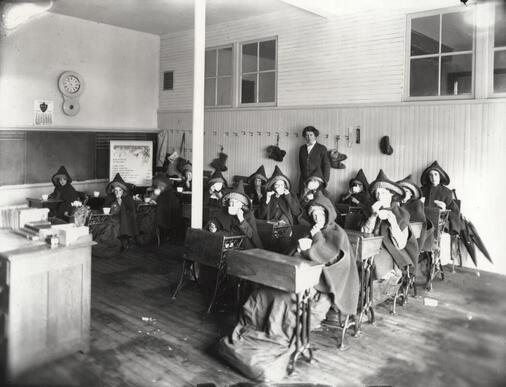
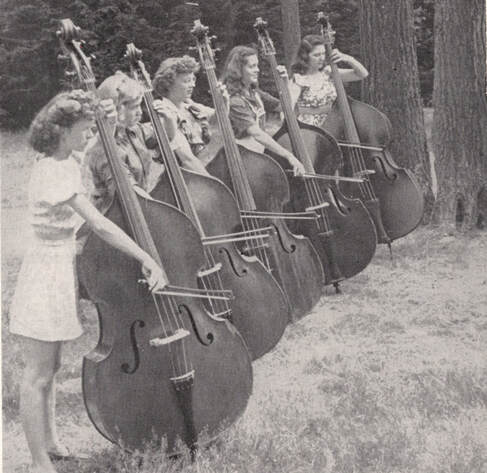
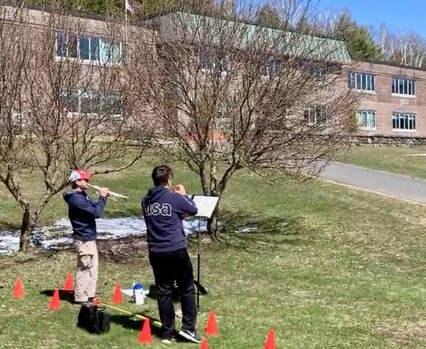
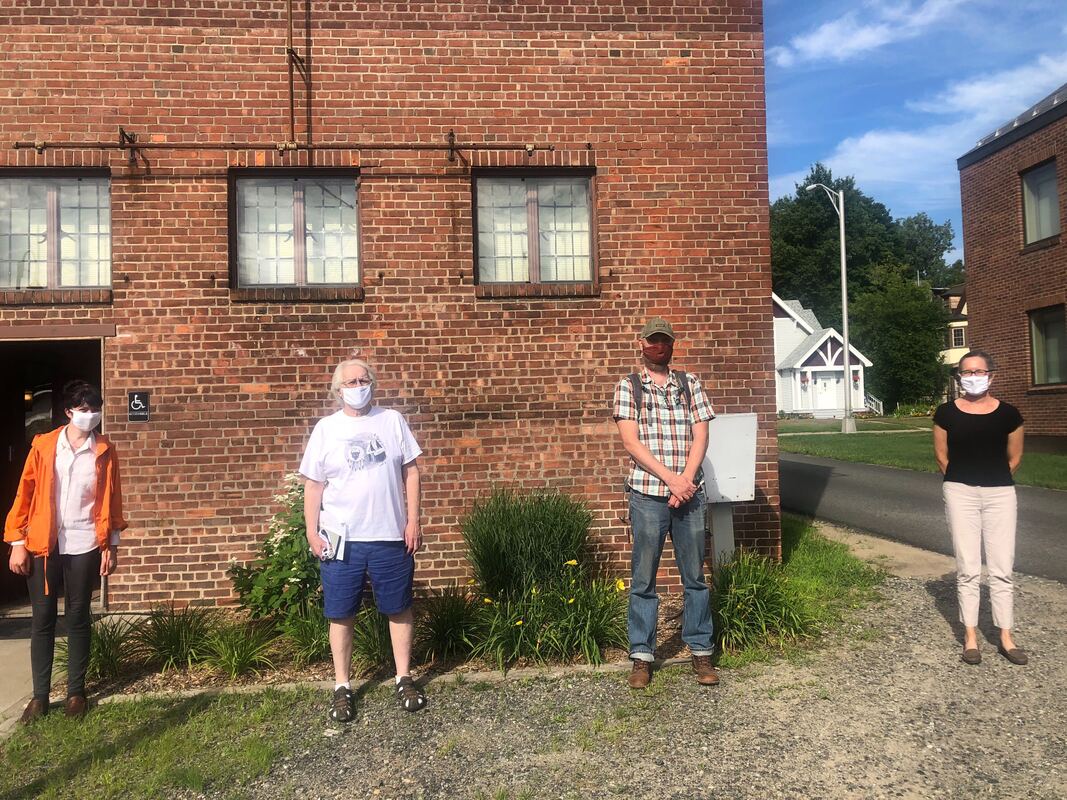
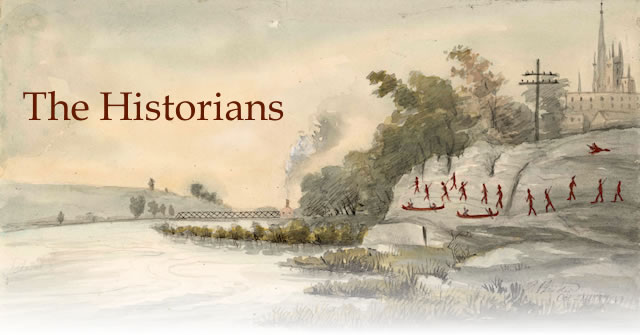
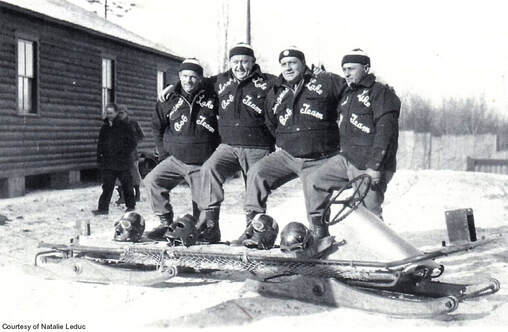
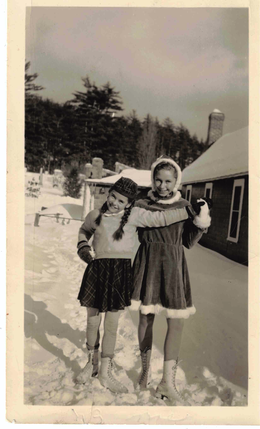
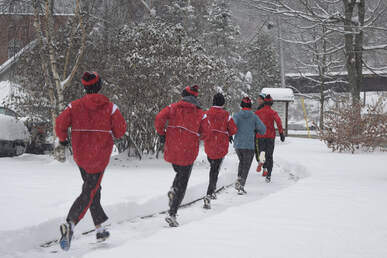
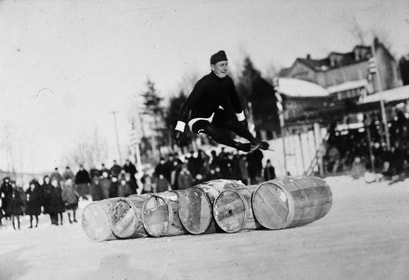
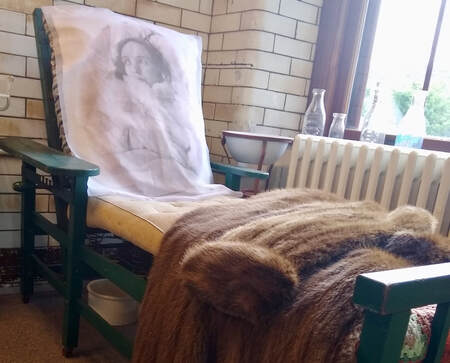
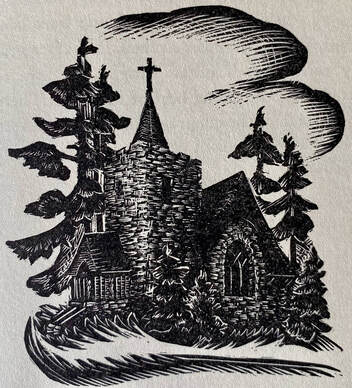
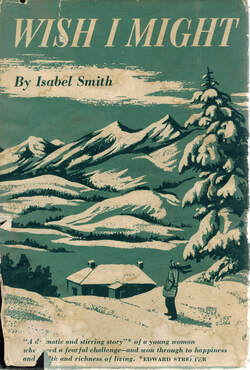
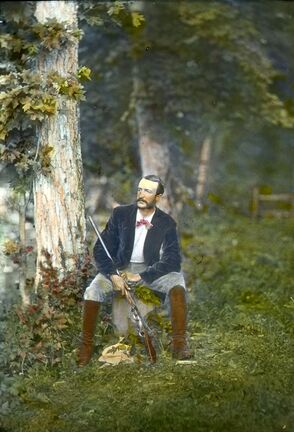
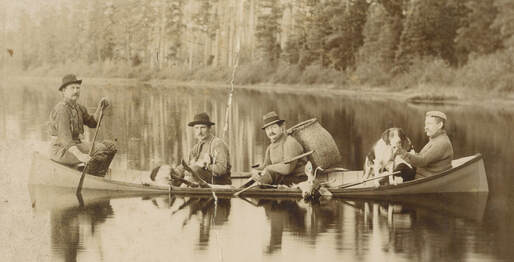
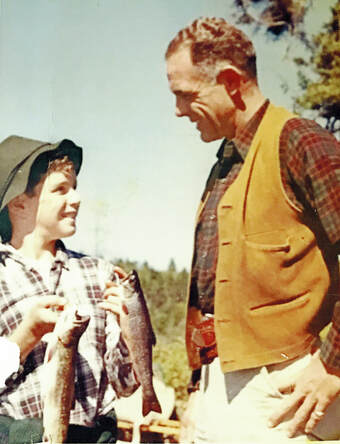
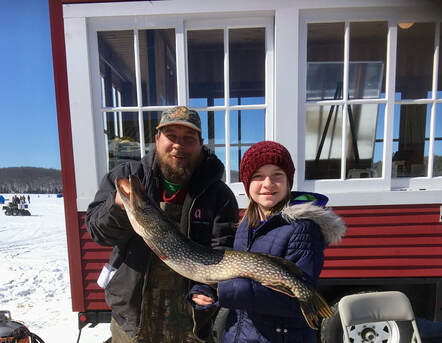
 RSS Feed
RSS Feed